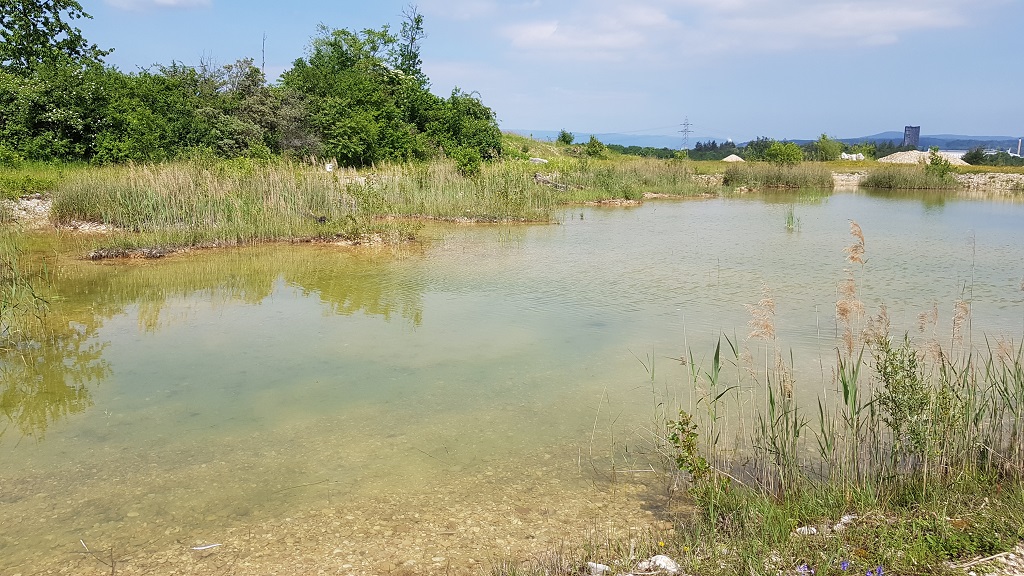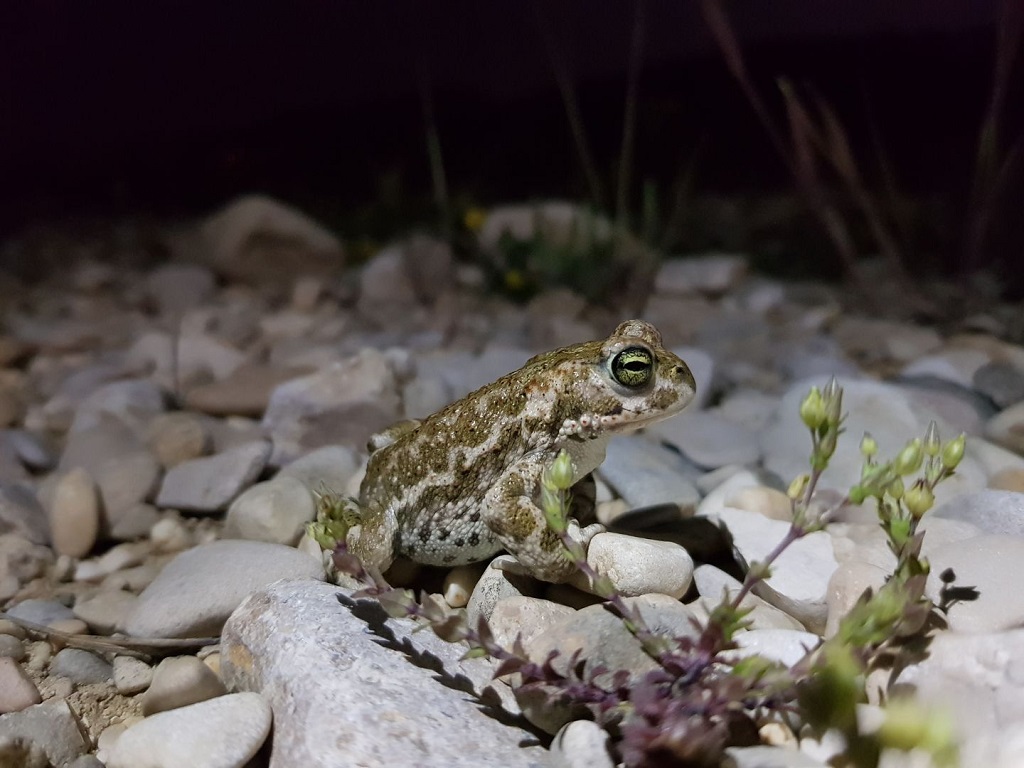By Benedikt Schmidt
(translated from the original post on Swiss Biodiversity Forum)
Conservationists are happy when there are many tadpoles in a pond. Yet at high density, tadpoles are stressed; they need longer to develop, are smaller at metamorphosis, and survive less well as juvenile toads. To reduce the density stress, we need to build larger ponds.

A high number of tadpoles in a pond is pleasing but can cause density stress. Using an experimental approach with the natterjack toad, we show that such density stress extends the larval period up to threefold. Extending the larval period increases the risk of failing to reach metamorphosis before the pond dries up. Also, at high densities the tadpoles are more than 50 percent smaller—and on land small toads survive poorly.
For the highly endangered natterjack toad, these findings are particularly problematic. To reduce density stress for this species, it is important to build large ponds (ideally with an area larger than 100 m²). Also, these ponds should dry up, but not until autumn. This can be achieved by building drainable ponds.
Our findings are also important for population monitoring. In a pond with high tadpole density, the tadpoles are present throughout the summer, providing evidence of reproduction. In a pond with low tadpole density, the tadpoles reach metamorphosis after just 20 days. As a consequence, reproduction may go undetected.

